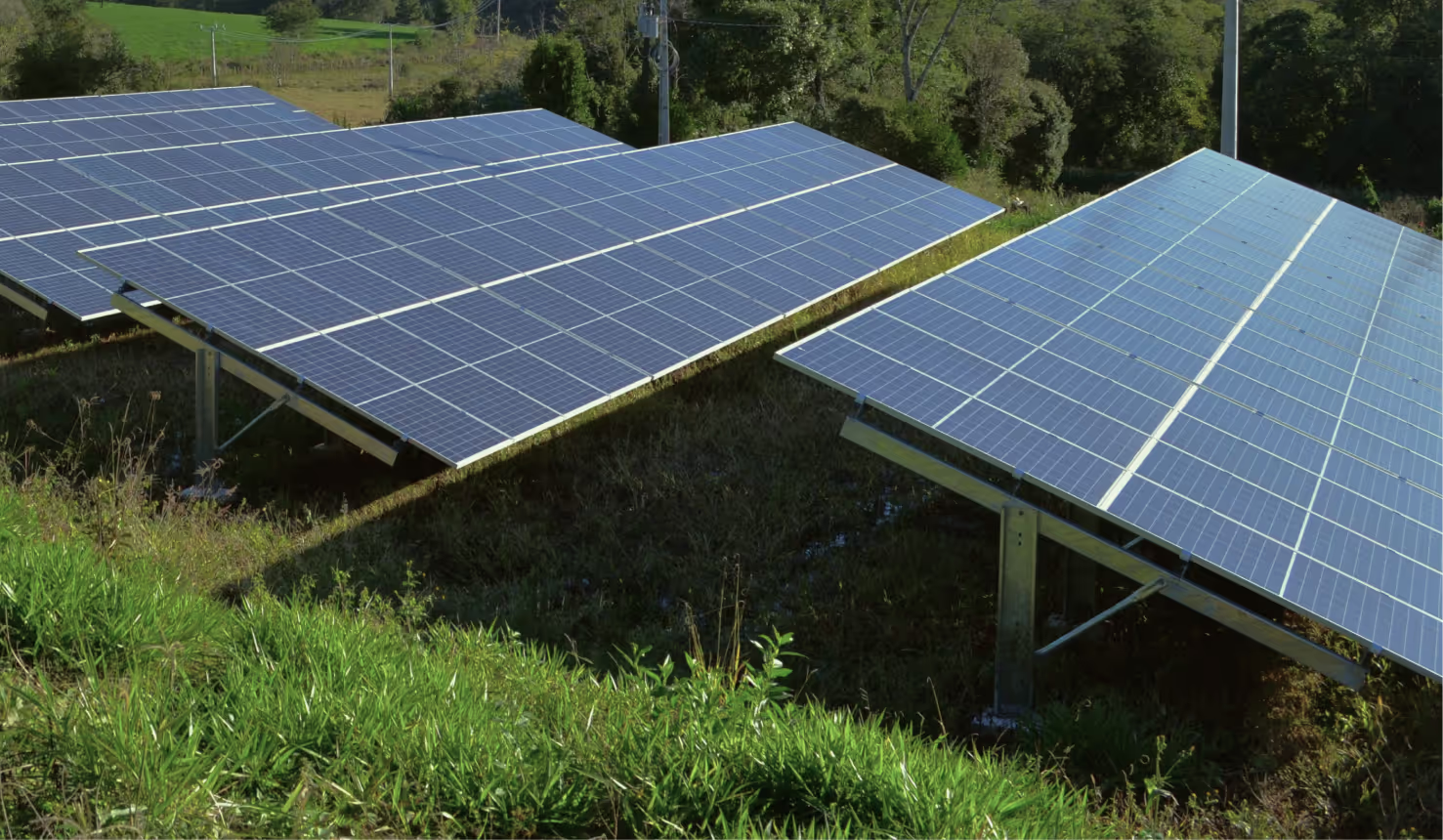Clean Energy vs Green Energy: What's the Difference?

Join the community





Clean energy and green energy are terms often used interchangeably, but they have distinct meanings according to the Environmental Protection Agency (EPA). Understanding these differences can help you understand the nuances of sustainable, renewable energy sources.
Clean Energy
Clean energy is a broader term that encompasses various energy sources and technologies with minimal environmental impact. It includes sources that produce fewer pollutants and greenhouse gas emissions compared to conventional fossil fuels like coal, oil, and natural gas.
Clean energy technologies aim to reduce harmful air pollutants, minimize carbon emissions, and decrease dependence on non-renewable resources. This category encompasses not only renewable sources like solar, wind, hydropower, and geothermal energy but also certain forms of nuclear power that are designed to minimize waste and emissions.
Green Energy
Green energy is a subset of clean energy that specifically refers to renewable energy sources derived from natural processes that are continuously replenished. It primarily includes solar, wind, hydropower, geothermal, and biomass energy.
Green energy sources harness the power of nature, such as sunlight, wind currents, and Earth's internal heat, to generate electricity or heat without depleting finite resources. These sources generate minimal greenhouse gas emissions, making them environmentally friendly alternatives to fossil fuels. Green energy promotes sustainability and reduces the carbon footprint, contributing to the fight against climate change.
Renewable Energy
While “clean” and “green” energy are common terms, “renewable” most accurately defines the power sources we think of when we think about phasing out fossil fuels.
Renewable energy is derived from naturally replenished sources that won't run out in the foreseeable future. These sources include solar power, wind energy, hydropower, geothermal heat, and biomass. The key characteristic of renewable energy is that it comes from sources that are constantly renewed, making them sustainable over the long term.
Renewable energy sources have low or zero carbon emissions and contribute to reducing the environmental impact of energy production.










.jpg)


